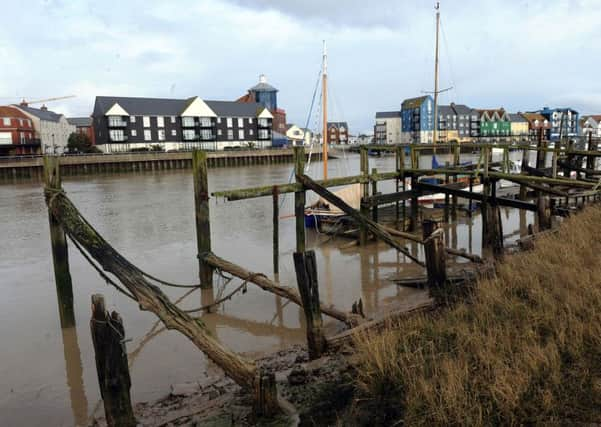How HS2 could be key to developing Littlehampton's west bank


Consultants, as part of a study into developing the west bank, have recommended adding the west bank to an Environment Agency register, listing sites requiring substantial fill material.
An estimated 500,0000 cubic metres of soil would help raise the level of vulnerable parts of the land, coupled with sheet piling to protect new homes.
Advertisement
Hide AdAdvertisement
Hide AdAn alternative, the consultants said, would be ballast dredged offshore. Gary Moore, chairman of Arun Divers, said such dredging could affect fishing and recreational diving.
He said: “They have been doing some dredging in Portsmouth for the warships and expanding the dockyard. It was creating a lot of sediment in the water and it was affecting our sport as we can’t see very much. Fishermen had noted how the seabed was covered in sediment.”
Providing flood defences will be crucial to delivering development.
Flooding on the west bank was among the chief concerns of government inspector Roy Foster during public examination of the local plan.
Advertisement
Hide AdAdvertisement
Hide AdArun’s policy on development of the site was found unsound, with the Environment Agency in objection.
Consultants have since met with the agency to jointly work on the issue and are confident a suitable flood solution can be found.
Robert Boyce, of Osborne of Arun, told the public examination last year flood defences were ‘essential’ for the future of the west bank.